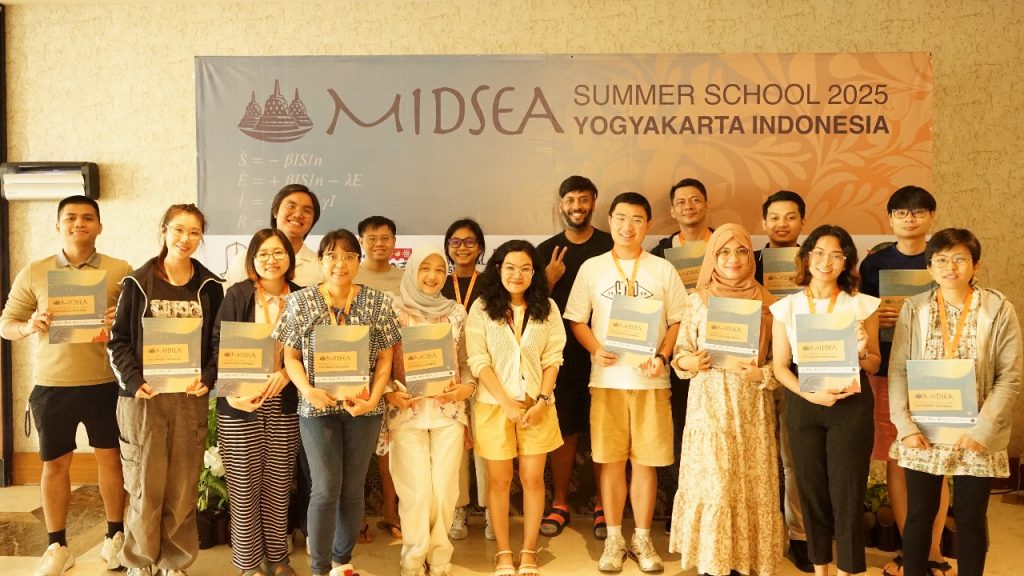 Yogyakarta, June 26, 2025 — The AI Track of the Summer School continued today with a session designed to deepen participants’ understanding of the fundamental concepts underpinning machine learning algorithms, specifically Support Vector Machines (SVM). The learning focused on the mathematical intuition and visualization of how the algorithm works to form an optimal decision boundary.
Yogyakarta, June 26, 2025 — The AI Track of the Summer School continued today with a session designed to deepen participants’ understanding of the fundamental concepts underpinning machine learning algorithms, specifically Support Vector Machines (SVM). The learning focused on the mathematical intuition and visualization of how the algorithm works to form an optimal decision boundary.
The session began with an introduction to the core principle of SVMs in separating two data classes using a hyperplane. Participants learned how the kernel trick is employed to map data from a lower-dimensional space to a higher-dimensional space, allowing data that is not linearly separable to be effectively separated. Visualizations showcased the decision surface shapes resulting from the use of polynomial and RBF kernels, enabling participants to observe the differences in classification boundary shapes based on the type of kernel utilized.
The material then progressed to discuss mathematical intuition, covering the concepts of dot product and the projection of one vector onto another. Participants were introduced to how two vectors can interact within a vector space, and how this concept is used in calculating the maximum margin in SVMs. This explanation was delivered gradually and accompanied by graphical illustrations, helping participants grasp the geometric meaning of these operations.
Through this session, participants gained a profound understanding of how linear mathematical concepts such as vectors, angles, and projections form the foundational workings of classification algorithms like SVM. This understanding is expected to enhance participants’ ability to design and evaluate machine learning models with a strong theoretical basis.
Today’s activity served as a valuable learning platform, not only focusing on technical application but also providing crucial conceptual understanding for developing data-driven solutions.
Keywords: MIDSEA, Modelling, Infectious Diseases Modelling
Author: Chyntia Meininda Anjanni
Photos: Lucetta Amarakamini


